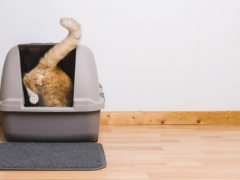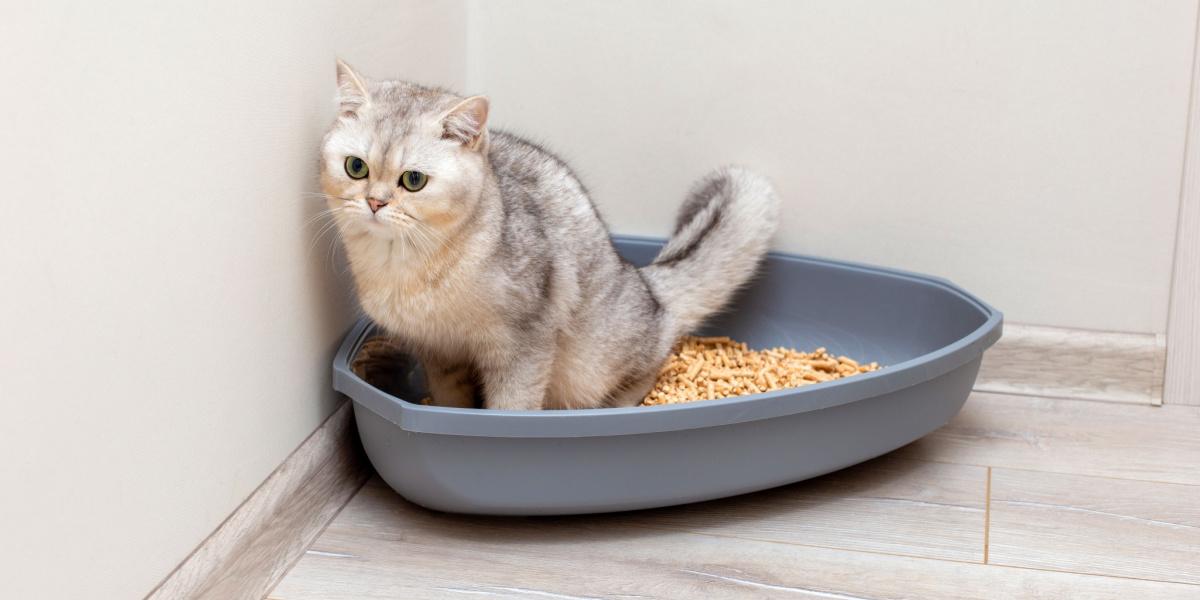
A cat straining to pee can mean something different from a cat straining to poop.
There’s nothing worse than seeing our cats in pain or discomfort. Watching them appear to strain when they poop or pee can be especially alarming because it may be a sign of several underlying health conditions. In these situations, the important thing to know is if they are straining to poop, or straining to pee. Both of these types of straining can look very similar but the issues that cause these conditions are very different.
Some of these conditions are true emergencies and need urgent veterinary attention, while others may require a simple change in diet. The key is knowing how to tell if a cat is straining to poop or pee, and which it is, poop or pee, so that we can take the correct action to care for our feline companions.
Is It Poop Or Pee?
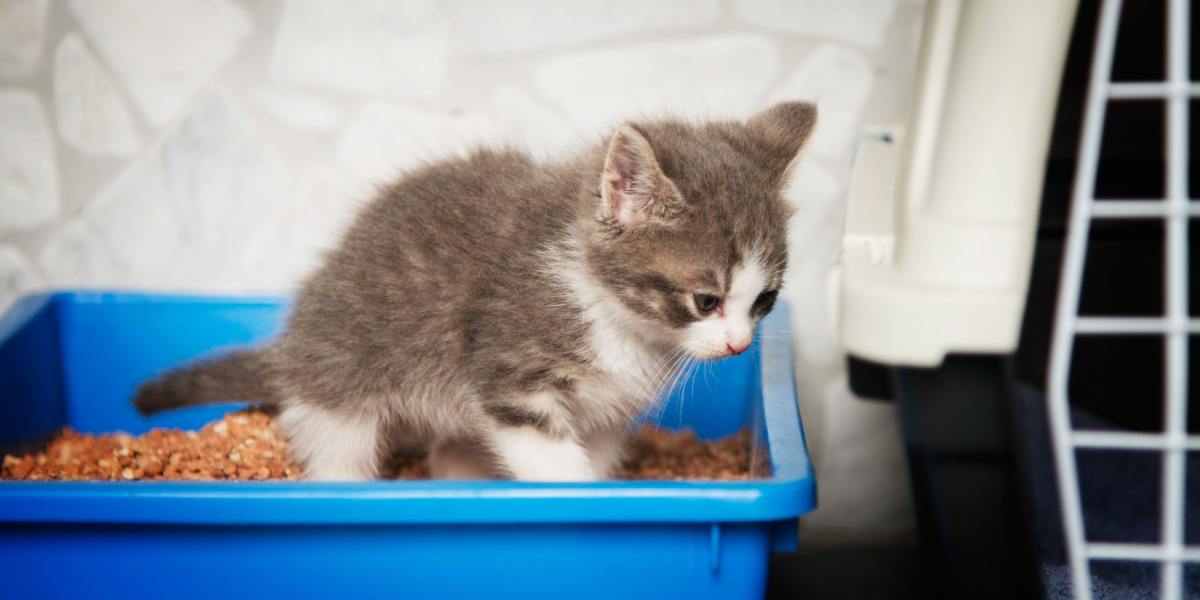
The key is knowing if your cat is straining to pee or straining to poop.
You may be thinking, “Of course I know how to tell if a cat is straining to poop or pee!” But it actually can be quite hard to tell. If there’s no pee or poop coming out and they’re straining, how do we know which one it is? The cat’s postures are very similar to each other; they lower their back legs and squat if they are going number one, or going number two.
Cats may do this in the litter box or elsewhere in the house (stress or health conditions can cause inappropriate urination). We have some tips on how to tell the difference between the two types of straining.
Also Read: Why Do Cats Dig In Their Litter Box?
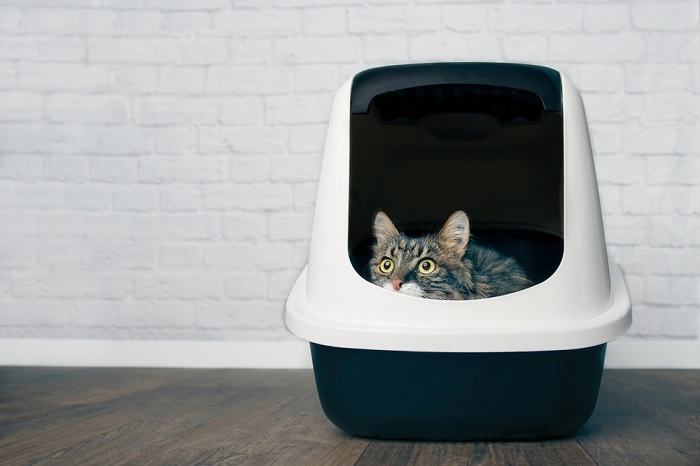
Different postures can reveal if a cat is straining to pee or poop.
So how can we tell? Well, we can look at the cat’s body posture. This involves looking at how they’re squatting when they’re straining to poop or pee. This will be difficult to do if your cat uses a covered litter box or goes outside, but it should be easier to do if your cat toilets indoors with an uncovered litter box.
When cats squat to pee/urinate, they squat so far down in the litter box that their bum is almost touching the litter. Their back legs are almost flat to the floor and their back posture is relatively straight and relaxed. Their tail will be slightly raised. They almost look like they’re in the dog sitting position and it’s a discreet posture.
A cat’s posture for pooping/defecating is slightly different. In contrast to when they pee, their back is slightly arched and rounded. Their back legs are generally lifted off the ground more and their tail might be lifted higher. Apart from that, the two postures can look very similar.
If a cat is straining, its back might be more arched than usual and you might notice muscle spasms/contractions. They might be vocalizing and clearly agitated.
Also Read: 6 Common Reasons Why Cats Pee Outside The Litter Box
Check The Litter Box

Covered litter boxes may make it difficult to see if your cat is straining.
One of the biggest clues that your cat is having toileting issues lies in their litter box. They should be peeing 2-3 times a day and pooping at least once a day. If your cat toilets indoors only, you should be monitoring what they pass in their litter box. The absence of pee or poop in the litter box is a cause for concern and an alarm bell that something isn’t right with your kitty.
If you see your cat is straining, check its litter box immediately for signs of pee or poop. If it has been cleaned recently, try to remember what you cleaned up or if someone else cleaned it ask them. It’s really important to know if your cat has been passing pee or poop.
Cats that are having toileting issues might start to go in different places around the house. This could be on your bed, in your shower, or on your shoes! So if there’s no evidence of pee or poop in the litter box, take a look around the house to see if they’ve toileted somewhere else.
Also Read: The 6 Best Automatic Self-Cleaning Litter Boxes
Symptoms Of Straining To Pee Or Poop
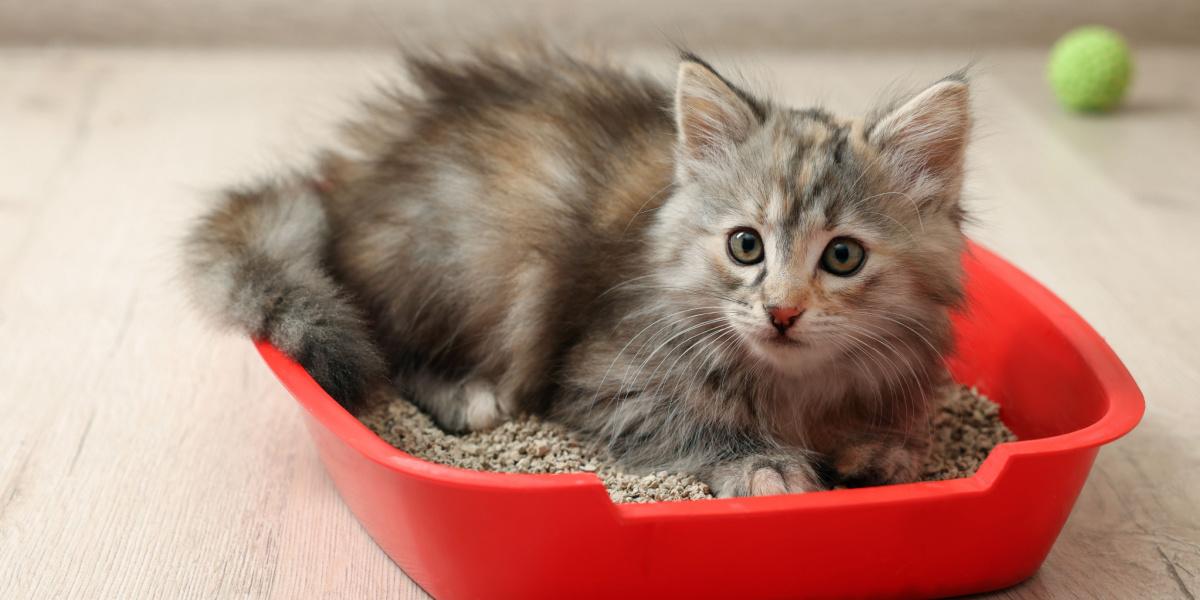
Pay close attention to symptoms that may indicate your cat is unwell.
So now we know that if your cat is straining, you need to examine their body posture while straining and do a thorough check of their litter boxes. What else might help us to tell if they’re straining to pee or poop?
The simple answer is to look at the symptoms that your cat is showing. Cats that are straining will often go in and out of the litter box frequently, they may be vocalizing while straining because they’re in pain, arching their back, and moving their tail up and down. But if a cat is straining to pee you might notice symptoms such as;
- Drops of urine around the house or in the litter box
- A red tinge to their urine (blood)
- Increased drinking
- Wet fur around their bum (from urine droplets)
- The smell of urine from their fur
- Licking their penis/vulva frequently
Cats that are straining to poop might display symptoms such as;
- Sore/red rectum
- The smell of feces or gas
- Very small dry poops or crumbly poop
- Swollen abdomen
- Licking their rectum frequently
Cats that are struggling to pee or poop might also be showing signs of feeling generally unwell;
- Reduced appetite
- Decreased drinking
- Lethargy
- Painful abdomen
- Vomiting
Also Read: How To Clean Your Cat’s Litter Box
What Causes Cats To Strain While Peeing Or Pooping?
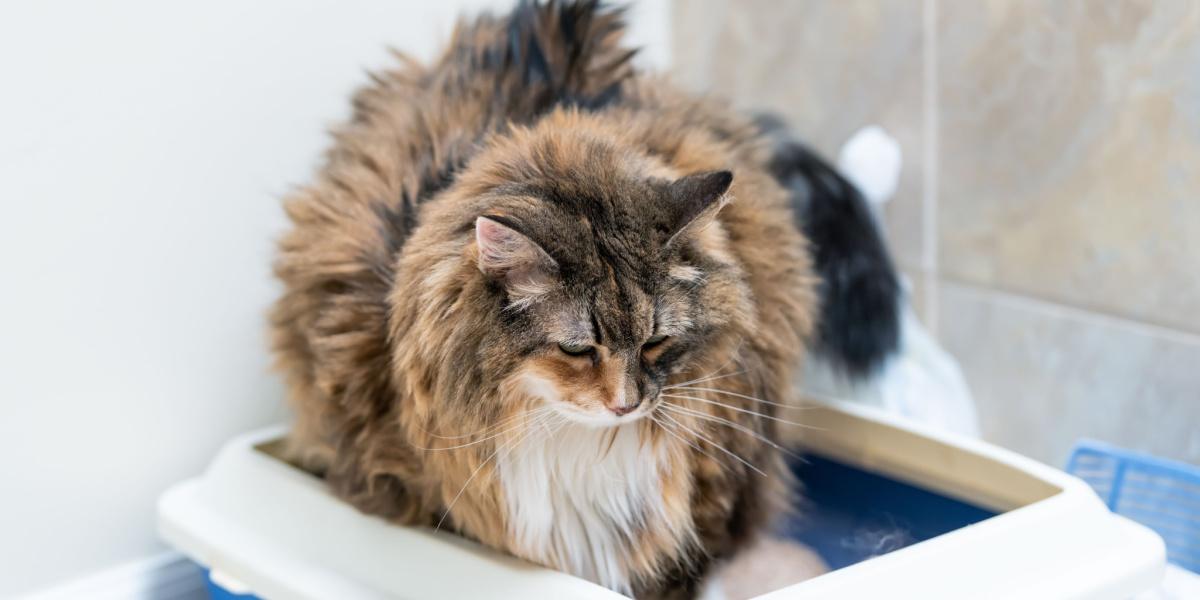
Causes of straining may indicate a serious health issue.
It’s important that you know how to tell if a cat is straining to poop or pee because some causes are very serious and could even be fatal.
Cats that are straining to pee might be suffering from;
- Feline Idiopathic Cystitis
- Urolithiasis (bladder stones or crystals)
- Bacterial Infection (urinary tract infection)
- Cancer
These conditions fall under the term FLUTD (feline lower urinary tract disease) and can be very painful. More worryingly, this can lead to a cat’s bladder becoming ‘blocked,’ also known as a urinary blockage or urethral obstruction.
This means that through inflammation/stones/spasms/plugs the urethra has become blocked and the cat can’t pass urine. This is a serious emergency as the cat is at risk of bladder rupture and kidney failure. This is often fatal if it’s not treated urgently.
Straining to poop in cats can be due to a few conditions;
- Constipation (the most common cause) – causes of constipation include;
- Dehydration (especially with underlying diseases like kidney disease, diabetes, and hyperthyroidism in older cats)
- Dietary issue – lack of fiber
- Abnormal peristalsis (abnormal bowel movement) – stress, IBD, allergies, nerve problems
- Pelvic narrowing – arthritis, previous injuries, cancer (tumors)
- Diarrhea – usually due to increased frequency of small amounts of diarrhea. This should be evident in the litter box and is a less common cause of straining.
- Anal gland problems – infection/rupture
Constipation and fecal impaction (obstipation) can lead to a condition called megacolon. This is when the colon stretches beyond its normal size due to the large amount of feces present. When the feces are emptied, it stays stretched and can’t go back to its previous size. This leads to further issues and it needs surgery to resolve it.
Also Read: Why Do Cats Meow Before They Use The Litter Box?
How Do We Treat These Conditions?

Some toilet difficulties may require a simple diet change.
For mild constipation, we can make some diet changes to help. Cats that suffer from constipation should have a lot of moisture in their diet (canned food) and a good source of fiber. Certain diets will have enough fiber but for others, you can add a fiber supplement such as canned pumpkin or psyllium husk.
Encourage more water intake by providing a lot of water bowls around the house and try using a water fountain. Your vet might prescribe laxatives/stool softeners or other medications to help with your cat’s constipation.
If your cat is badly constipated your vet is likely to perform an enema which is a procedure to manually remove the poop while the cat is under anesthetic. Always take your cat to your veterinarian if your cat hasn’t pooped for 1-2 days. It could be a sign of constipation that needs treatment but it can also be a sign of bowel obstruction e.g. from a foreign body that has gotten stuck in the bowel.
Urinary issues are very common in cats, particularly in male indoor cats that are a bit overweight and eat dry food only. Urinary issues should always be treated by a vet as they usually involve a urinalysis, blood tests, and x-rays. A cat that is straining but passing no urine should be brought immediately to their veterinarian as an emergency.
This is common in male cats as their urethra is quite thin and has a bend. You can’t afford to waste any time if they have a urinary blockage and you shouldn’t delay in seeking urgent veterinary treatment.
Also Read: Why Does My Cat Scratch The Sides Of The Litter Box
It can be difficult for us as pet parents to tell the difference between our cat straining to pee or poop. By paying close attention to their body posture and litter box habits we can try to find out which one it is. Cats that are straining and not passing any pee or poop should be brought to their veterinarian immediately.
Not passing pee could mean that your cat has a urinary blockage which can be life-threatening and needs urgent veterinary attention. Similarly, cats that have been straining to poop and haven’t passed a poop in days are at risk of megacolon which results in permanent damage to their colon. If in doubt, contact your veterinarian for advice.
Also Read: 5 Best High-Sided Litter Boxes For Messy Cats
Frequently Asked Questions
How can you tell if a cat is straining to pee?
Cats that are straining to pee will be in and out of their litter box, might cry when they pee, and may pass small amounts of pee or nothing at all. You may also see blood in their urine. Bring your cat to your veterinarian immediately if they’re not peeing.
How can I tell if my cat is straining to poop?
Cats that are straining to poop will frequently visit their litter box and strain to poop while passing nothing. They may also experience vomiting, reduced appetite, a swollen abdomen, and be in pain. You can try feeding the cat lots of wet food and add some fiber to their diet. If they haven’t pooped in 1-2 days, you should visit your vet (DVM).
Is my cat constipated or does he/she have a UTI?
It can be difficult to tell the difference between constipation and a urinary problem. Cats that are constipated generally arch their back while straining, and cats that are straining to pee will place their bum very close to their litter. Either way, if your cat is straining to pee or poop you should visit your vet.
How does a cat act when it's constipated?
Cats that are constipated will strain to poop, have a sore stomach, and may experience vomiting. They will be in and out of their litter box and might vocalize due to pain.







